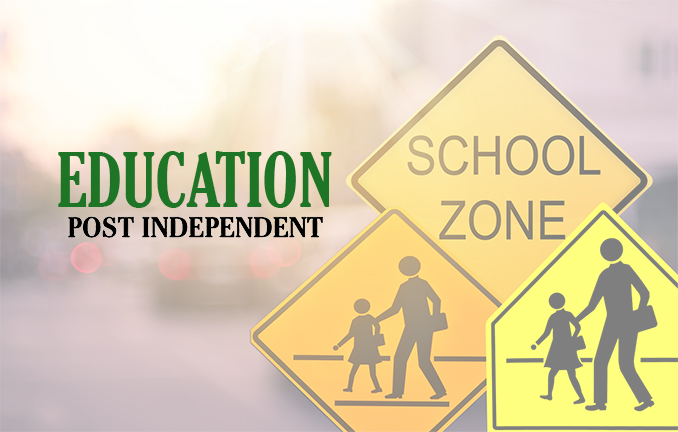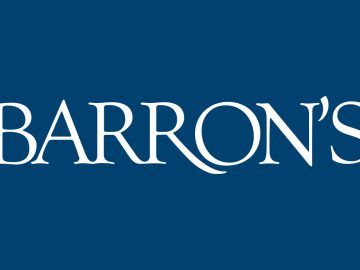The Garfield Re-2 School District is looking to implement generative AI into schools spring 2025, hoping to have something more concrete by this January. It was presented at the Garfield Re-2 School District School Board Meeting by Kevin Anderle, Instructional Technology Specialist; Roger Gose, Director of Instructional Technology; and Nate Moe, Systems and Network Administrator.
They explained that AI has been used for a long time, like grammar and spell check, or even when writing emails on Google, it will “predict” what you want to say.
Generative AI is different, and uses sources across the web to put a piece together, taking from vast data sets. Unfortunately, this means it can take things and not cite them, which then means it is plagiarizing.
“It generates a new, original response. It’s not like Google, where you search for something, where you search ‘where should I go and eat today’ and it gives you a list of restaurants. This is giving you an actual response on where you should go and eat,” said Anderle.
From this, it means that from the input, it’s taking the sources it’s finding from across the web and giving them to you, much like a search engine, except it’s not giving you the source of that information. Questions persist, however, on information sourcing and the inner workings of AI, Moe said.
That can also lead to ethical questions about AI. It’s already a controversial piece of technology, as students have been using the generative ones, like ChatGPT, to write essays for them.
Generative AI can only generate what a human tells it to and it takes work from humans that it has been given, in some cases without the rights or permission of the authors in some cases, which has led to class action lawsuits being filed against OpenAI, the parent company of ChatGPT. Artists’ work has also been used without permission by AI.
To try and solve this, some have come up with AI checkers, but that can lead to false positives: the engineers said that they put the Declaration of Independence through it, and it came up as written by AI.
Some of the potential benefits the engineers see from implementing generative AI into classrooms include: content development and differentiation, assessment design and timely, effective feedback, tutoring and personalized learning assistance, aiding creativity, collaboration, and skill development and operational and administrative efficiency.
Unfortunately for each benefit comes a drawback: plagiarism and academic dishonesty, diminished student and teacher agency and accountability, compromised student privacy and unauthorized data collection, overreliance and loss of critical thinking and perpetuating societal bias. Another huge drawback is that the AI isn’t necessarily giving correct information.
“One analogy I share with teachers is to think of AI as a calculator in a math classroom. Math teachers force their students to show their work along the way, so they know for certain the answer didn’t come from a calculator,” said Anderle. “It’s easy for me to say, ‘just do the same thing, language arts teachers, or science teachers,’ but it’s not that easy though.”
Garfield Re-2 is just learning about generative AI right now and starting out with putting parameters in place that are acceptable for students to use and for teachers to give prompts to students that use Magic School. Magic School is a generative AI that has been designed to lighten the load of teachers and help students effectively use generative AI.
The engineers say that jobs for telling AI to give specific answers are emerging, being called prompt engineers, prompt artists, prompt jockeys or AI artists. This new skill allows for people to get more useful results by narrowing and refining AI prompts
“An example, when I first started playing with this, I was on a roadtrip to Minneapolis, me and my son, and I said, ‘make me an itinerary for a two-day road trip from New Castle to Minneapolis,” Anderle said. “And it said, ‘okay go up to the Badlands, go to Mount Rushmore, go here,’ and I said ‘no, hang on’, and I had to refine my input and say, ‘I’m sticking to Colorado, Nebraska, Iowa, it’s two days, my kid is 8 years old, and when I refined it, it gave me a much more reasonable itinerary.”
After listening to the succinct presentation, the Board didn’t have any questions and only a couple comments.
“I do think there are some opportunities to help supplement the teaching issue, the teacher shortages and tutoring,” said Chance Jenkins, the Board Treasurer.





